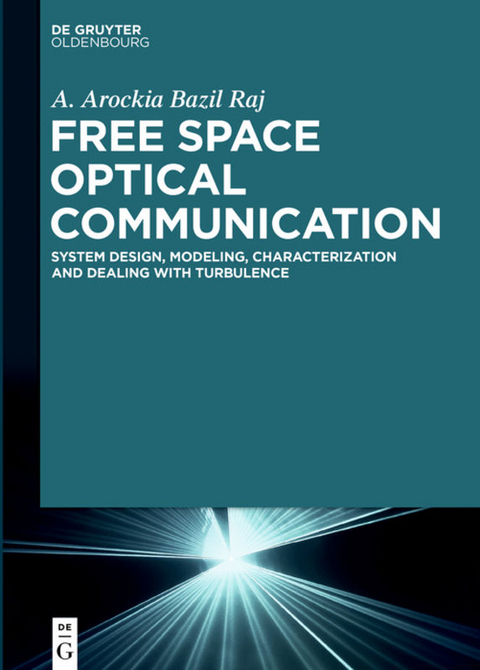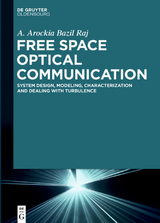Free Space Optical Communication
De Gruyter Oldenbourg (Verlag)
978-3-11-044995-2 (ISBN)
A. Arockia Bazil Raj, Kings College of Engineering, Thanjavur, India.
Chapter One - Introduction. Chapter Two - Real-Time Measurement of Meteorological Parameters for Estimating Low-Altitude Atmospheric Turbulence Strength (Cn2). Chapter Three - Modeling and Numerical Evaluation of Ground-Level Atmospheric Attenuation and Refractive Index Structure Function (Cn2) using measured Local Meteorological Data for FSO Applications. Chapter Four - Mitigation of Beam Wandering due to Atmospheric Turbulence and Prediction of Control Quality using Intelligent Decision Making Tools. Chapter Five - A Direct and Neural Controller Performance Study with Beam Wandering Mitigation Control in Free Space Optical Link. Chapter Six - Quality Metrics and Reliability Analysis of Ground-to-Ground Free Space Laser Communication in Different Weather Changes together with Beam Steering System. Chapter Seven - Future Work.
| Erscheinungsdatum | 17.02.2016 |
|---|---|
| Zusatzinfo | 200 b/w ill. |
| Verlagsort | Basel/Berlin/Boston |
| Sprache | englisch |
| Maße | 170 x 240 mm |
| Gewicht | 530 g |
| Themenwelt | Technik ► Elektrotechnik / Energietechnik |
| Technik ► Umwelttechnik / Biotechnologie | |
| Schlagworte | ART • Atmosphärische Turbulenz • Atmosphärische Turbulenz • Bitfehlerhäufigkeit • Bitfehlerhäufigkeit • DOGRAMACI/MERSMANN • Electrical • Electronics • Elektronik, Elektrotechnik, Nachrichtentechnik • Engineering (General) • Free space optical interconnects • Information Technology • Laserstrahlung • Messung • Meteorologische Messung • Optical Communications • Optics & Light • Optische Nachrichtentechnik • Optischer Richtfunk • Physics • Production • Reglerentwurf • Richtfunk • Science • TECHNOLOGY & ENGINEERING • TU • Turbulenz • Übertragungskanal • Übertragungskanal • Übertragungsqualität • Übertragungsqualität |
| ISBN-10 | 3-11-044995-1 / 3110449951 |
| ISBN-13 | 978-3-11-044995-2 / 9783110449952 |
| Zustand | Neuware |
| Haben Sie eine Frage zum Produkt? |
aus dem Bereich




